Drains for poly drip pans + gritty mix?
redshirtcat
12 years ago
Related Stories

KITCHEN DESIGNNew This Week: 2 Kitchens That Show How to Mix Materials
See how these kitchens combine textures, colors and materials into a harmonious whole
Full Story
LAUNDRY ROOMSSoak Up Ideas From 3 Smart Laundry Rooms
We look at the designers’ secrets, ‘uh-oh’ moments and nitty-gritty details of 3 great laundry rooms uploaded to Houzz this week
Full Story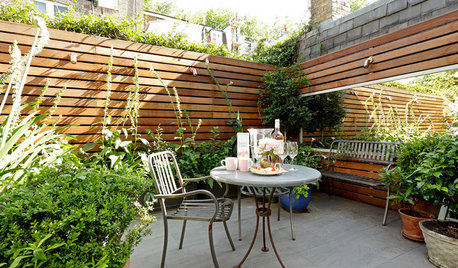
CONTAINER GARDENSPocket Gardens, Pint-Size Patios and Urban Backyards
A compact outdoor space can be a beautiful garden room with the right mix of plantings, furniture and creativity
Full Story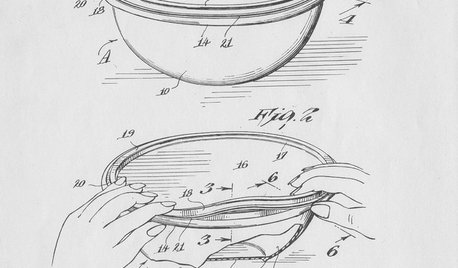
FEATURESHow Tupperware’s Inventor Left a Legacy That’s Anything but Airtight
Earl S. Tupper — and his trailblazing marketing guru, Brownie Wise — forever changed food storage. His story is stranger than fiction
Full Story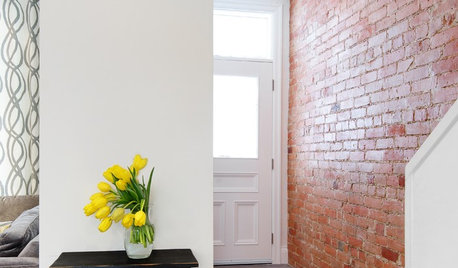
BRICKHow to Make an Interior Brick Wall Work
Learn how to preserve, paint, clean and style a brick wall to fit your design scheme
Full Story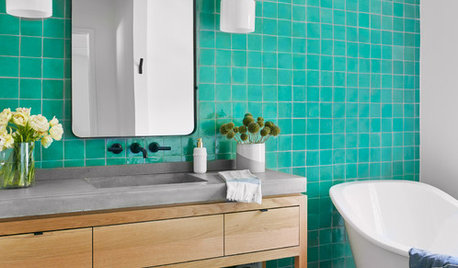
BATHROOM DESIGNBathroom Countertops 101: The Top Surface Materials
Explore the pros and cons of 7 popular bathroom countertop materials
Full Story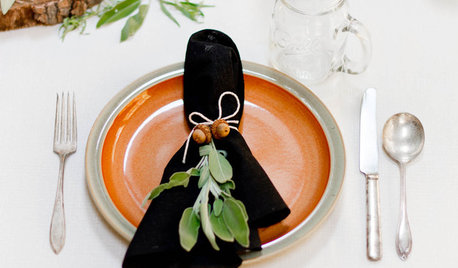
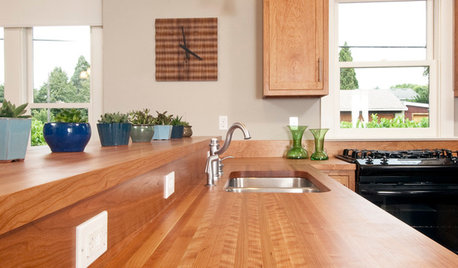
KITCHEN DESIGNWonderful Wood Countertops for Kitchen and Bath
Yes, you can enjoy beautifully warm wood counters near water sans worry (almost), with the right type of wood and sealer
Full Story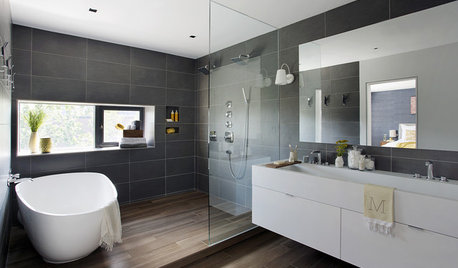
SHOWERSYour Guide to Shower Floor Materials
Discover the pros and cons of marble, travertine, porcelain and more
Full Story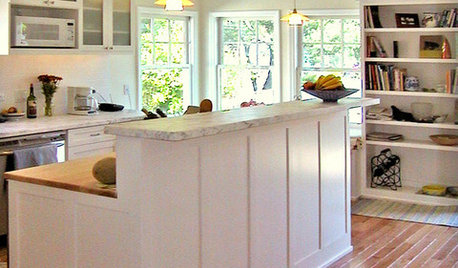
KITCHEN DESIGN8 Kitchen Organizing Ideas for Messy Cooks
Not the clean-as-you-go type? Not to worry. These strategies will help keep your kitchen looking tidy no matter what your cooking style is
Full Story







Joe1980
redshirtcatOriginal Author
Related Professionals
Bergenfield Landscape Contractors · Cockeysville Landscape Contractors · Dunwoody Landscape Contractors · Fuquay-Varina Landscape Contractors · Chicago Ridge Landscape Contractors · Emeryville Solar Energy Systems · Hemet Solar Energy Systems · Mesquite Solar Energy Systems · Norwalk Window Contractors · Atlantic Beach Window Contractors · Columbia Fence Contractors · Fort Lee Fence Contractors · Northlake Fence Contractors · San Leandro Fence Contractors · Thousand Oaks Fence ContractorsJoe1980
redshirtcatOriginal Author
abnorm
greenman28 NorCal 7b/8a
emgardener
Joe1980
redshirtcatOriginal Author
emgardener
greentiger87
greentiger87
greenman28 NorCal 7b/8a
redshirtcatOriginal Author